A remarkably lucid distillation of Tibetan Buddhist teachings on how the state of our minds in life affects the nature and quality of our experiences in death. The result is a provocative and surprisingly compelling work that will appeal to beginners and advanced practitioners alike. Publishers Weekly A healing treasure from Tulku Thondup: a clear, complete, and compassionate guidebook to the journey through life, dying, death, and beyond. Drawing on an extraordinary range of sources, including the Tibetan near-death experiences, he shows to what extent the quality of our life, death, and rebirth all depend upon the mind.Sogyal Rinpoche, author of The Tibetan Book of Living and Dying Tulku Thondup has opened this vast treasury of knowledge in a clear, simple, and powerful way for the modern audience.Sakyong Mipham Rinpoche, author of Turning the Mind into an Ally Tulku Thondup explains fully and clearly each stage of the process that leads from this life to the next. The book contains a valuable section devoted to the care and support of those who are approaching death, and includes a selection of meditations and rituals that may be used to help the dying and the dead, which will be of great benefit to many people.Francesca Fremantle, author of Luminous Emptiness: Understanding the Tibetan Book of the DeadABOUT THE BOOKBuddhism teaches that death can be a springboard to enlightenmentyet for all but the most advanced meditators, it will be the gateway to countless future lives of suffering in samsara. Tulku Thondup wrote this guide to help us heal our fear and confusion about death and strengthen our practice in anticipation of this transition, and to help us realize the enlightened goal of ultimate peace and joynot only for death and rebirth, but for this very lifetime. In simple language, he distills a vast range of sources, including scriptures, classic commentaries, oral teachings, and firsthand accounts. The book includes:
- An audio program of guided meditations
- An overview of the dying process, the after-death bardo states, and teachings on why, where, and how we take rebirth
- Accounts by Tibetan near-death experiencers ( delogs ), who returned from death with amazing reports of their visions
- Ways to train our minds during life, so that at death, all the phenomena before us will arise as a world of peace, joy, and enlightenment
- Simple meditations, prayers, and rituals to benefit the dead and dying
- Advice for caregivers, helpers, and survivors of the dying
This edition includes an audio program providing guided instructions by the author on how to visualize Amitabha Buddha in the Pure Realm; how to receive his blessings; how to visualize transforming your body into light and sound at the time of death; how to share the blessings with compassion for all sentient beings; and how to rest in oneness. By becoming intimate with this practice while we're alive, we can alleviate our fear of death, improve our appreciation of this life, and prepare for death in a very practical way, while planting the seeds for rebirth in the Pure Land.TULKU THONDUP RINPOCHE was born in East Tibet and was recognized to be a tulku at age five. He studied at Tibets famed Dodrupchen Monastery, settling in India in 1958, and teaching for many years in its universities. He came to the United States in 1980 as a visiting scholar at Harvard University. For the past three decades he has lived in Cambridge, Massachusetts, where he writes, translates, and teaches under the auspices of the Buddhayana Foundation. His numerous books include The Healing Power of Mind , which has now been published in eighteen languages, and Boundless Healing , which has been published in eleven languages.Sign up to learn more about our books and receive special offers from Shambhala Publications.

Or visit us online to sign up at shambhala.com/eshambhala.
Peaceful Death, Joyful Rebirth
A Tibetan Buddhist Guidebook
Tulku Thondup
Edited by Harold Talbott

SHAMBHALA
Boston & London
2012
SHAMBHALA PUBLICATIONS, INC.
Horticultural Hall
300 Massachusetts Avenue
Boston, Massachusetts 02115
www.shambhala.com
2005 by Tulku Thondup Rinpoche
The Buddhayana Foundation Series X. Audio post-production of guided-meditation recording by Heart Punch Studio, Inc.
All rights reserved. No part of this book may be reproduced in any form or by any means, electronic or mechanical, including photocopying, recording, or by any information storage and retrieval system, without permission in writing from the publisher.
The Library of Congress catalogues the previous edition of this book as follows:
Thondup, Tulku.
Peaceful death, joyful rebirth: a Tibetan Buddhist guidebook / Tulku Thondup; edited by Harold Talbott.
p. cm.
Includes bibliographical references and index.
eISBN 978-0-8348-2498-0
ISBN 978-1-59030-182-1 (hardcover: alk. paper)
ISBN 978-1-59030-385-6 (paperback)
1. DeathReligious aspectsBuddhism. 2. Funeral rites and ceremonies, BuddhistChinaTibet. 3. Intermediate stateBuddhism.
I. Talbott, Harold. II. Title.
BQ4487.T56 2005
294.3423dc22
2004017594
The true nature of life and death is peaceful and joyful.The true world of peace and joy is the Blissful Pure Land.The true source of bliss and blessing is the Infinite Light.The true heart of you and me is the blessing light.
Contents
I OFFER MY GRATITUDE to Kyabje Dodrupchen Rinpoche and Kyala Khenpo Rinpoche for their profound teachings of Buddhism that made my life meaningful and their meticulous instructions and practices on death rituals, which gave birth to this book, and to my kind parents, foreparents, and loving friends, to whom I am indebted for my life and sanity.
I am very thankful to Harold Talbott for editing Peaceful Death, Joyful Rebirth with patience, dedication, and wisdom. I am especially thankful to Kendra Crossen Burroughs for her mastery in the art of editing and knowledge of the subject that gave birth to this book in its final form. I am grateful to Ian Baldwin for navigating through the publishing world and for his great editorial advice; to Zenkar Rinpoche for providing many rare delog texts; to Gene Smith and the Tibetan Buddhist Resource Center for being an invaluable research resource; to Larry Mermelstein for translating the Sanskrit mantras (unfortunately, we could not use the diacritical marks that he provided); to Mahasiddha Nyingmapa Center, the late Chagdud Rinpoche, Gyalse Putrug Rinpoche, Gyatul Rinpoche, Sherab Raldhi Lama, Lama Migmar Tseten, Ani Lodro Palmo, and Madeline Nold for sharing their valuable libraries; to Jonathan Miller, Byron Brumbaugh, and Philip Richman for reading the manuscript and giving valuable suggestions; to David Dvore for his computer skills; to Michael Krigsman for promoting our works at www.tulkuthondup.com; and to Victor and Ruby Lam for a peaceful place to work.
I am deeply indebted to Michael Baldwin for single-handedly providing for all the human needs that have kept our research and writing projects productive and to all the patrons of The Buddhayana Foundation (3 Barnabas Road, Marion, MA 02738) for their most generous support over the past twenty-five years.
I am highly grateful to Acharya Samuel Bercholz for trusting in my work and to Peter Turner, Jonathan Green, Lenny Jacobs, Hazel Bercholz, and the staff of Shambhala Publications for giving great care to this book. Thanks also go to L. S. Summer for preparing the index. I appreciate Acharya Emily Bowers help editing the guided meditation audio that accompanies this book.
Next page
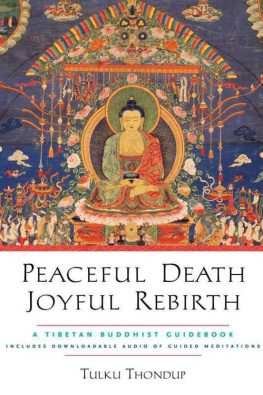
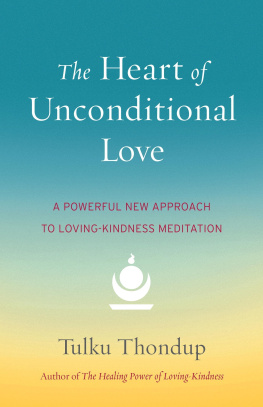
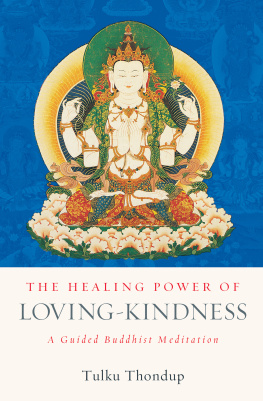
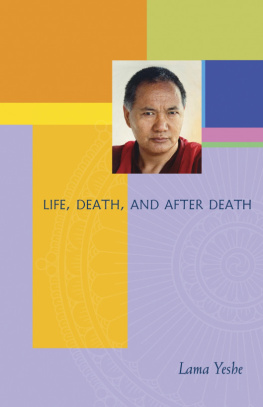


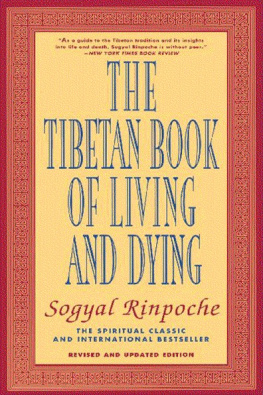

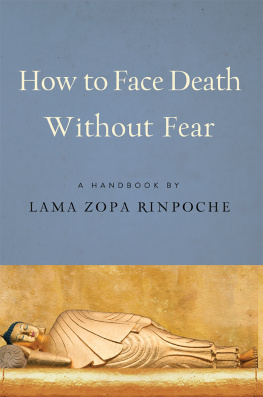
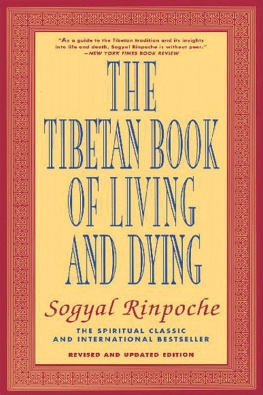
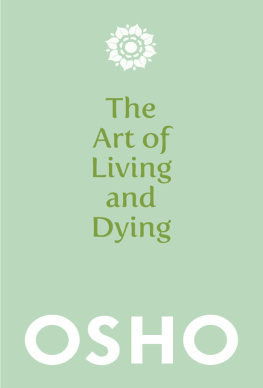

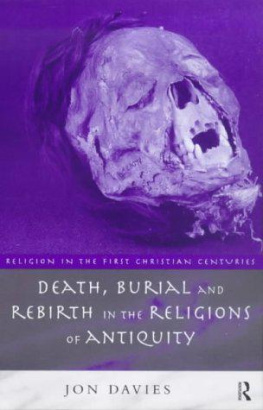

 Or visit us online to sign up at shambhala.com/eshambhala.
Or visit us online to sign up at shambhala.com/eshambhala. 